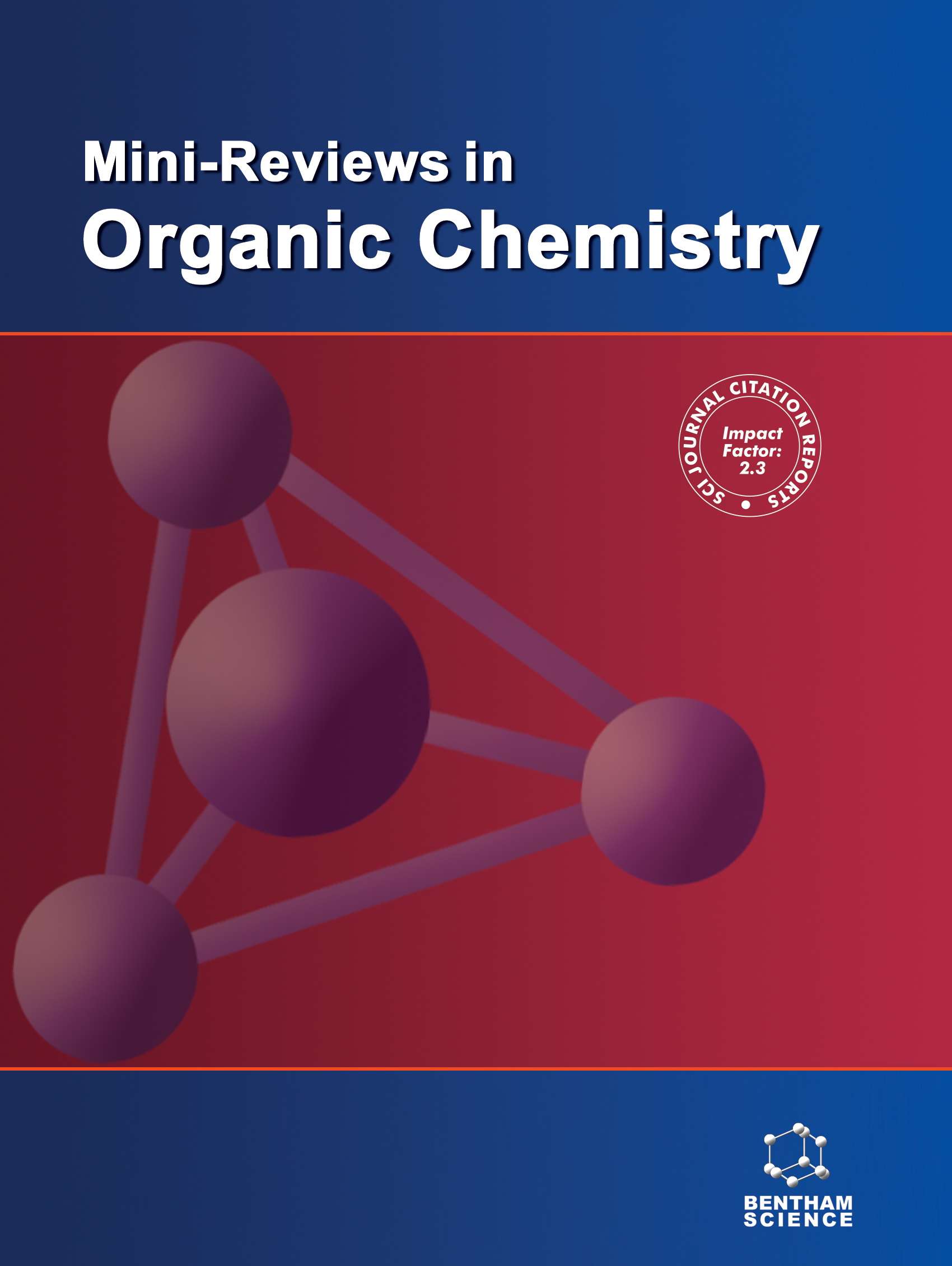-
oa Editorial [Hot Topic: Features of Microwaves in Synthetic Organic Chemistry (Guest Editor: Satoshi Horikoshi)]
- Source: Mini-Reviews in Organic Chemistry, Volume 8, Issue 3, Aug 2011, p. 281 - 281
-
- 01 Aug 2011
Abstract
Traditional chemistry has typically involved thermal energy to drive chemical reactions. In the 20th century, photochemical, catalytic, sonic, and high pressure techniques have been exploited to drive chemical reactions, thereby providing the tools to expand the breadth of organic chemistry. The early organic syntheses performed in the mid-1980s that used microwave radiation as the principal heating source were carried out in a domestic microwave oven. The number of publications in microwave-assisted chemistry focused particularly on organic syntheses has witnessed considerable growth recently. However, features of the microwave radiation have, in many instances, not been discussed, described, or otherwise demonstrated in several literature reports. This special issue is focused on the individuality and characteristics of microwaves in organic syntheses. It is organized in terms of various contents of the fundamentals and applications of microwave organic chemistry. The various contributions that used microwave technology are introduced so as to cover a wide range of interests with due regard to some feature elements of the principles of microwave heating, microwave specific effects, heterogeneous catalytic reactions, the photochemistry taking place with a microwave discharge lamp, background of organometallic synthesis, and the scale-up in polymer synthesis. The apparatuses used to effect microwaveassisted organic syntheses are also introduced for use under several synthesis conditions. Recent years have witnessed extensive use of microwaves in organic syntheses reported in several excellent reviews and technical books. It is our wish that researchers, in general, and organic chemistry researchers, in particular, will enjoy reading the challenging contributions in this special number. I am grateful to all the authors for having taken time out from their busy schedules to write these review articles and to the editors of Mini-Reviews in Organic Chemistry for the opportunity to organize this special issue on an otherwise very exciting topic, and for doing the bulk of the work in arranging this special issue.


